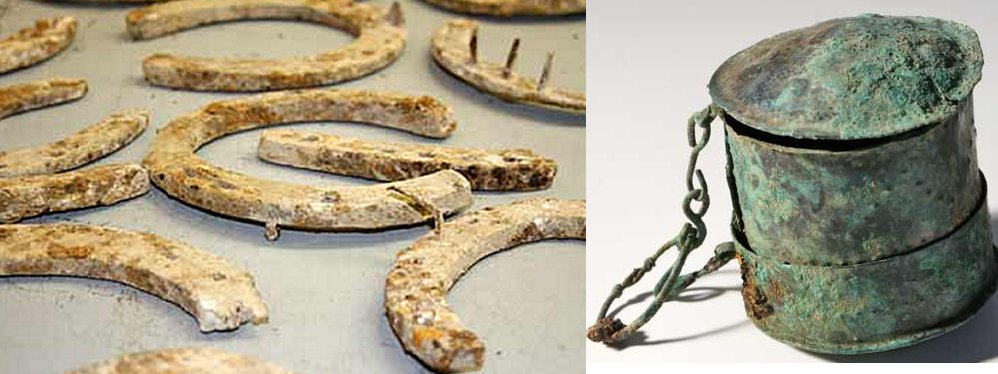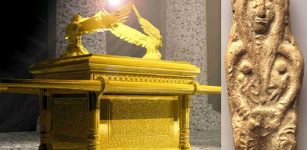Neolithic Monuments, Prehistoric Pits And Anglo-Saxon Cemetery Unearthed In England
AncientPages.com - Prehistoric pits, two Neolithic monuments and an Anglo-Saxon cemetery of 150 graves containing spears, knives, jewellery and bone combs have been discovered at an army site where anti-tank weaponry was tested during World War Two.
One burial at Bulford has been radiocarbon dated to the mid Anglo-Saxon period, between AD 660 and 780. The graves have been found as part of a £1 billion Ministry of Defence development to create 1,000 homes for service personnel.
Anglo-Saxon burial site with about 150 graves of men, women and children along with jewelry, spears, knives and bone combs have been discovered at an army site, where anti-tank weaponry was tested during World War Two.
The discovery was made near Bulford in Wiltshire, on land where 227 new homes are planned. Archaeologists say that skeletons could belong to members of the same families on Salisbury Plain.
“The discovery of this important Saxon cemetery was completely unexpected,” Andy Corcoran of the Defence Infrastructure Organisation said.
“It’s incredibly interesting and early site investigation and involvement of our archaeological specialists has kept this project on track."

Left: World War One horseshoes © Crown Copyright / MOD2016; Right: This workbox was found in the grave of a woman on Ministry of Defence land in Bulford. © Wessex Archaeology
“Every care has been taken to ensure the archaeological remains on the site have been carefully excavated and recorded, as part of the MOD’s continuing stewardship of the archaeology of Salisbury Plain.”
The graves have been found as part of a £1 billion Ministry of Defence development to create 1,000 homes for service personnel. Archaeologists are now planning to excavate the monuments next to the cemetery, which are made up of Early Bronze Age round barrows and are likely to become scheduled monuments.
Grooved ware pottery, stone and flint axes, a disc-shaped flint knife, a chalk bowl and deer and extinct wild cattle bones were found in the pits.
Set on Salisbury Plain, the grounds were used for re-shoeing warhorses during World War One and training during both World Wars. Evidence suggests the PIAT anti-tank weapon, used during the Allied invasion of Sicily in 1943, was fired at stationary armored vehicles to test how it would work against German tanks.

Archaeologists say that skeletons could belong to members of the same families on Salisbury Plain. Photo: Wessex Archaeology
“The size, location and date of this cemetery makes it of considerable research importance,” says Si Cleggett, of Wessex Archaeology. “It contained the graves of women, men and children and was clearly the burial ground for a local community – perhaps that of Bulford’s earliest families.
“It included a number of re-used graves, a rare occurrence at this time, which may have held members of the same family.”
All graves have now been excavated.
AncientPages.com
source: gov.uk























